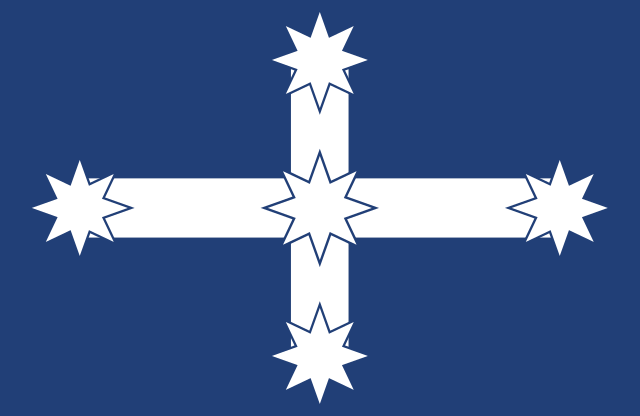The Austrian Empire:
(capital is the north-leftmost province, to be more specific, on Vienna)
Government: Constitutional Monarchy.
Religion: The official religion is Roman Catholicism, but there are many orthodox and muslim minorities in the balkanic areas.
History:
At the 1840s, a large balkanic revolt occured. The austrian empire could hardly keep it's eastern part from splitting and lost the carpathian basin. But the rebels in the southern balkans were defeated and the austrian empire mananged to keep much of it's influence in that area. Despite this, the austrian empire mananged industrialize in the 1860s, which led to eventually defeat the prussians in a war, allowing them to restore much of the agricultural output lost in the balkanic rebellion.
However, the Hasburg monarchy eventually had to drop it's iron fist on the territories it still held, and allowed a certain amount of constitutional developement in where the nobles would restrict the power of the king and in addition, due to the petitions of nationalist parties, had to federalize in 1849. By the 1900s, the economy was very solid, though not enough to be considered an economic power save on the Balkans, where Austria dominates economically. In addition, Austria has developed trade relations with the CAR (if you don't believe me, see my profile as well as GreekAnalyzer's) in where Austria will give the CAR food in exchange for oil.
But eventually all good things had to come to an end. Austria suffered two wars in the 20th century. Austria fought against Russia in 1914, and thanks to the poor industrialization of Russia, they mananged to crush them but did not venture far into russian territory, for they feared that they would end up like Napoleon. 30 years later, Austria went into war with the Prussian Reich. They were crushed by the germans and had to move their capital to Zagreb but they mananged to keep on fighting until the end of the war. By the time the war ended, the one place Austria held was modern-day Croatia. After the peace treaty, which gave them their former territories, the once-modern city of Vienna was in ruins and had to be rebuilt. With the help of the still-friendly CAR, they rebuilt most of the city by 1950 and once again it's a very modern place. However, the bitterness with the germans still remains.
Noble party (wants to keep the parlament to nobles only) (50% of support)
Liberals (want to further reform the government) (30%)
Socialists (want to improve the condition of the people) (15%)
Doulvinists (want to roll back the constitutional changes and recover the former territories of Austria) (5%)











